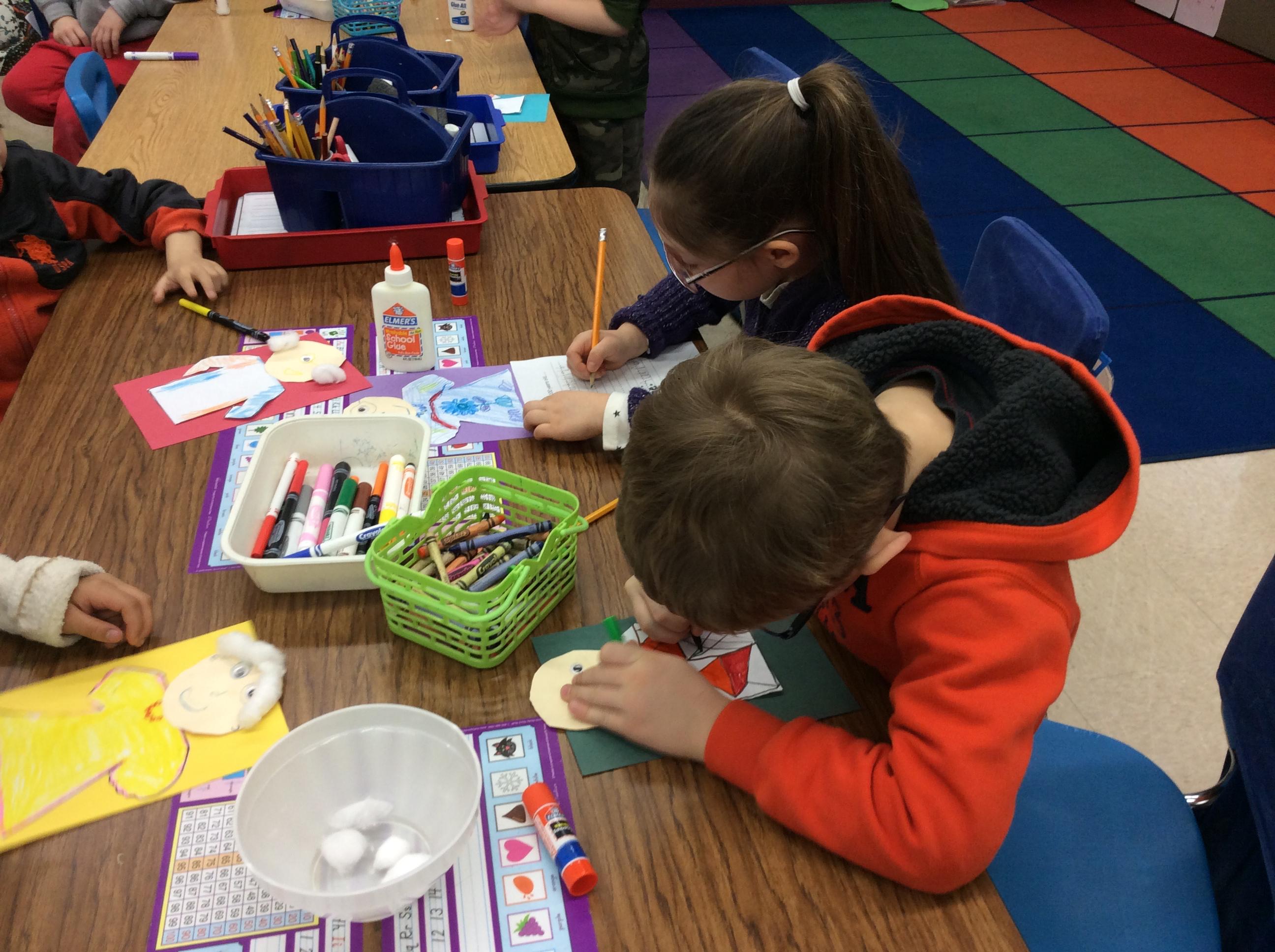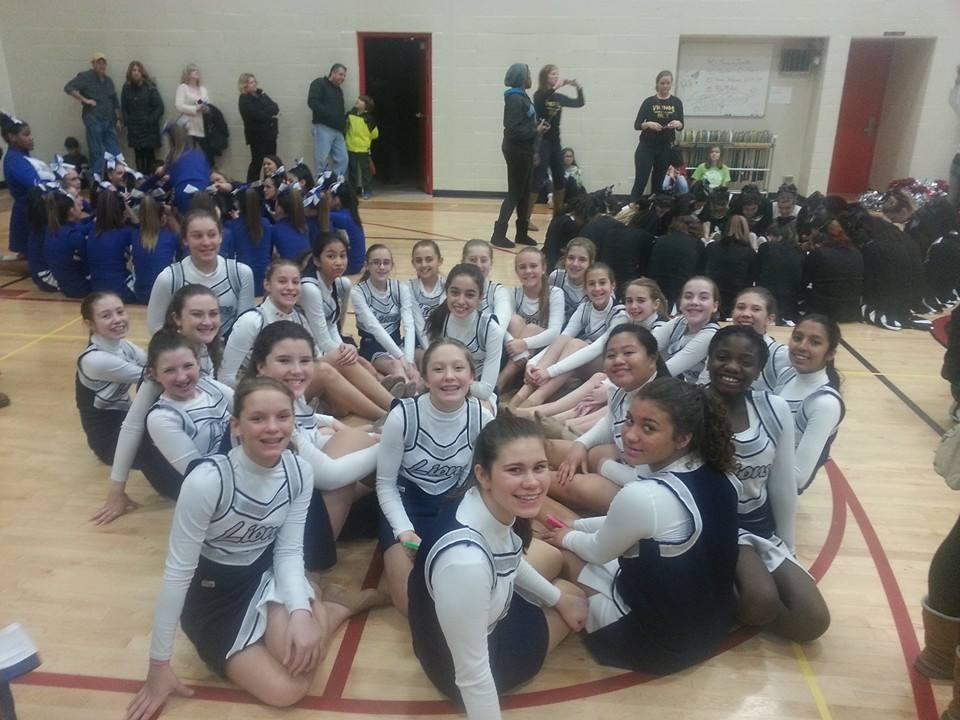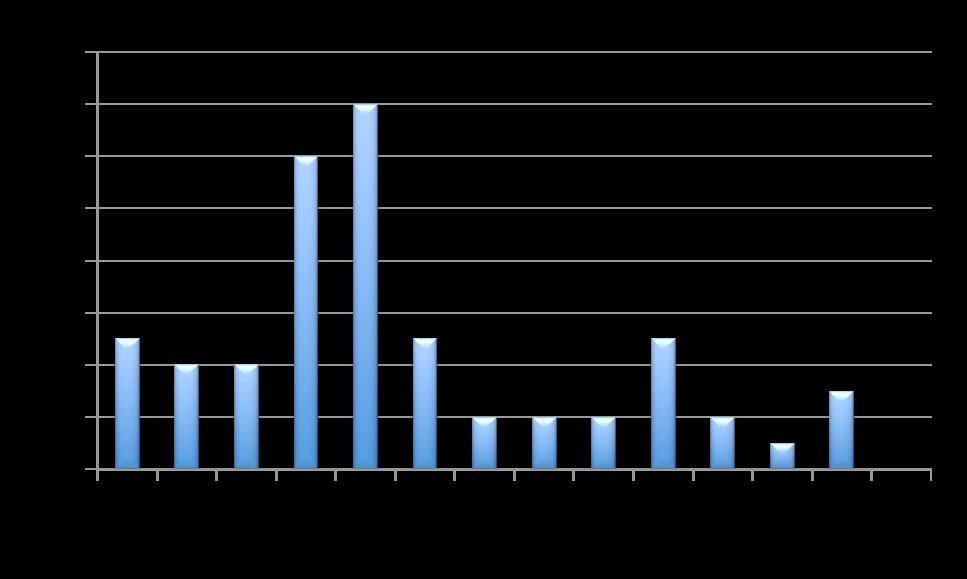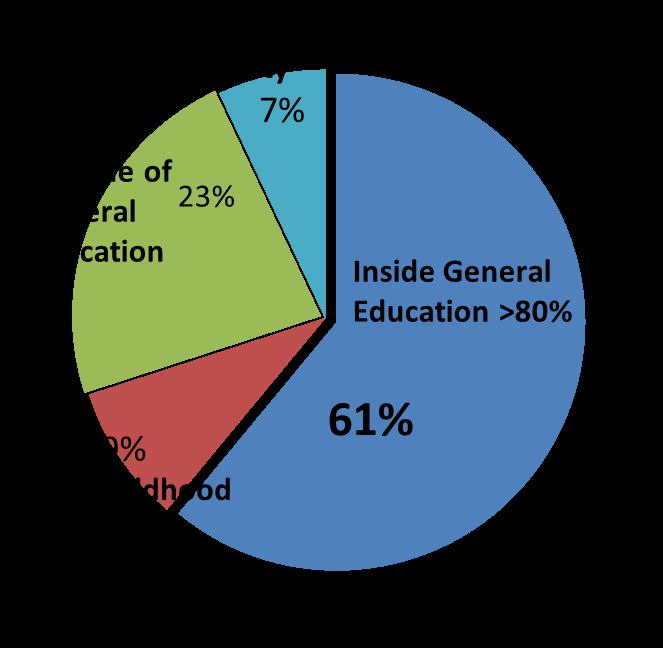Welcome!
Please introduce yourself to others at your table
Put on a name tag (include name & school)
Complete the information on the sign-in sheet



Please introduce yourself to others at your table
Put on a name tag (include name & school)
Complete the information on the sign-in sheet




Celebrations:
• Performance levels
• Strong sense of team for supporting students/ parents
Surprises:
• Changing student demographics
• Math performance
Concerns:
• Preparation for Common Core

• Changing Student Demographics
• Facilities
Questions/Issues/Opportunities:
• Preparation for Common Core
• Programs and Services for ALL Students
• Technology
• Future financial plans for the district

• Utilization of facilities
• Full-day kindergarten
Key




• Fill out “I Have a Question/Comment” form
• Call: 630.493.8000
• Email: vision202@lisle202.org

• Ask questions during Small Group time

LISLE COMMUNITY UNIT SCHOOL DISTRICT 202 COMMUNITY ENGAGEMENT PROGRAM


A Planning Process
Table #
Sign in Sheet
Please sign in as a record of your participation in this session
Lisle 202 Parent Current Student
Lisle 202 Parent Former Student
Lisle 202 Alumni Lisle 202 Staff
Community Member
Business Owner
Lisle 202 Parent Current Student
Lisle 202 Parent Former Student
Lisle 202 Alumni Lisle 202 Staff
Community Member
Business Owner
Lisle 202 Parent Current Student
Lisle 202 Parent Former Student
Lisle 202 Alumni Lisle 202 Staff
Community Member
Business Owner
Lisle 202 Parent Current Student
Lisle 202 Parent Former Student
Lisle 202 Alumni Lisle 202 Staff
Community Member Business Owner
Lisle 202 Parent Current Student
Lisle 202 Parent Former Student
Lisle 202 Alumni Lisle 202 Staff
Community Member Business Owner
Lisle 202 Parent Current Student
Lisle 202 Parent Former Student
Lisle 202 Alumni Lisle 202 Staff
Community Member Business Owner
Welcome and Opening Remarks
• Informational Presentation • Introduction of Small Group Work Activity

Small Group Work Activity
Small Group Reporting
Preview of Next Session (CES #3)
Keith Filipiak: Superintendent of Schools
Jeff Howard: Principal, Lisle Senior High
Wesley Gosselink: Principal, Tate Woods
Karen Gordon: Director of Student Services

Beth Lind: Principal, Schiesher
Tim Pociask: Principal, Lisle Junior High

Four essential questions and how we respond:
1. What do we expect our students to learn?
2. How will we know they are learning?

3. How will we respond when they don’t learn?
4. How will we respond if they already know it?


WHY STANDARDS?
Measure Learning





Guaranteed and Viable Curriculum
Higher Ed Comparisons (Local, State, National)

Global Comparisons


Social & Emotional Learning Standards
Management of emotions
Goal Achievement
Resolution of conflict
Decision-making skills
Ethics & Character
21st Century Skill Standards
Learning & Innovation
Information, Media & Technology
Creativity, Critical Thinking and Problem Solving, Communication
Collaboration
Life and Career Skills
Common Core State Standards
Increase Rigor K-12

Learning Progressions
Content = Math & English/ Language Arts (ELA
Skill = Literacy
College and Career Readiness
Next Generation Science Standards
Real World Science Experience
Learning Progressions
STEM Emphasis














Performance Expectations
Deeper Understanding
PROFESSIONAL DEVELOPMENT
DEEPER ANALYSIS
LESS CONTENT
TECHNOLOGY INTEGRATION
MORE SKILLS
INCREASED RIGOR
INSTRUCTIONAL SHIFTS
OPPORTUNITIES










Determine a theme or central idea of a text and analyze its development over the course of the text, including its relationship to the characters, setting, and plot; provide an objective summary of the text
1. Text choice




2. Instructional methods
3. How students may show evidence of learning

Summative: assessment OF learning
• Teacher sets targets, student participates in instruction, student takes test, test measures if student met expectation and compares that student with peers locally and/or nationally and/or internationally.

Formative: assessment FOR learning
• Teacher uses student performance (actions or written responses) to check for understanding during the learning process in order to modify teaching and learning activities to improve student attainment. Student performance confirms or drives change in future instruction.
Interim: assessment to check in for future success
• Teachers use to (1) evaluate where students are in their learning progress and (2) determine whether they are on track to performing well on future assessments, such as standardized tests or end-of-course exams. Mid-point check in so adjustments can be made before high-stakes assessments.
Summative:
PARCC (K-12)











ACT (11-12)
SAT (11-12)
Advanced Placement Testing (11-12)
Formative:
MAP (K-8)
Common Assessments (K-12)
Unit Tests (K-12)
Lisle District
202 Assessment System

Interim:
Running Records (K-5)
Common Assessments (K-12)
Previous Assessments
2013-2014 and before
K-2: no State assessment

3-8: Illinois Standards Achievement



Assessments
2014-2015 forward
K-2: PARCC to begin in future
3-9: PARCC (14-15)
3-11: PARCC (15-16)
Achievement Exam (PSAE)
Grade 11: ACT will be provided by Illinois State Board of Ed in 14-15*
*Illinois will pay for ACT to be administered at IL schools through 14-15. Districts shall determine how ACT will be given after 2015.
Summative Portions (REQUIRED-Spring 2015)

PBA = Performance Based Assessment (MARCH)
EOY = End of Year Assessment (MAY)







Total Summative Score for PARCC assessment










#1 – Student Outcomes
#1 - Student Outcomes
1) Graduation Rate within 4 years of a least 90% – District 202 = 3 Yr. Avg. = 92%

2) Graduation Rate within 5 years of a least 95% – District 202 = 3 Yr. Avg. = 93%



Growth in Content Proficiency: Students meet growth targets in reading and mathematics on PARCC


Reduce by ½ the percent of ALL students “not proficient” within 6 years


Reduce by ½ the percent “not exceeding” (yet proficient) within 6 years




Achievement #3 – Student Achievement
Achievement Gap Reduction – Reduce by ½ the percent achievement gap within 6 years
• Minority compared to Non-Minority
• Economically Disadvantaged compared to Non-Economically Disadvantaged
• English Language Learners compared to Non-English Language Learners
• Students with Disabilities compared to Students without Disabilities

Percent$Meets$&$Exceeds$State$Standards$ Based on Racial & Ethnic Minorities
Reading#&#Math#2014#Grades#3rd#B#8th#
Percent Meets & Exceeds State Standards Based on Economically Disadvantaged Reading & Math 2014 Grades 3rd - 8th All$ Non>Economically$Disadvantaged$ Economically$Disadvantaged$














Tier II: SOME students who are at-risk and need MORE support
Level I: ALL students meeting grade Level expectations need core curriculum with differentiation

Tier III: FEW students with the highest level of need receive the MOST support.

General Classroom
Level
Adjusting teaching and Learning

Differentiated Core Instruction
Flexible grouping
Reteaching
Culturally Responsive Instruction
General Classroom
Plus Additional Time/ Support
Core Instruction Plus
Additional 30-60 minutes of intervention
Small group instruction
Mentored/Resource
Study Hall
Individual Time/ Support
Core Instruction Plus
Additional 60-90 minutes of intervention
Individual Instruction
After School Homework Assistance (6-8)
Peer Tutoring (9-12)
Instructional Coaching
Social Skill Class Meetings
Second Step K-8
Reading & Math Courses (6-8)
Check and Connect/ Hug Program (6-8)
Social Skills/Coping Skills Groups
Individual Counseling
Functional Behavior Plan
Alternative Instruction/ Placement
Involves the use of cultural knowledge, prior experiences of ethnically diverse students to make learning more relevant and effective. On average it takes 5-7 years for a student to become English proficient.

61 ELL students in pre kindergarten through 12th grade


Students who do not respond to intensive instructional support or require continued intensive support are then considered for special education eligibility as required by the Individuals with Disabilities Education Act (IDEA).



Formative assessment (assessment FOR learning)
Summative assessment (assessment OF learning)

• Acceleration to the next step in the learning process for excelling students

• Alternate assignment for students with varying interests
• Different content (that practices the same skill) for varying interests
• Different skill (while still learning same content) for varying interests
• Different reading levels but same content for varying skill levels
•
Teaching students with variation in mind
• Meeting students where they are
• Responsive teaching
•
Intentional in planning to challenge all students
•
Classroom that accommodates
– Readiness
–
Interests
– Learning styles
– Committed to on-going assessment

Varies from 5% to 30% of the AT students
Project Challenge Expanded Curriculum

~20% at each grade level
Academically Talented Core Curriculum with some acceleration


With enrichment opportunities heterogeneous grouping


8th






• Empathy - the ability to understand the feelings of others
• Communication - working in groups, friends and allies, considering perspectives, disagreeing respectfully, and being assertive
• Bullying Prevention - role of bullying bystanders
• Emotional Management - brain and body calming-down strategies
• Problem Solving - using the action steps, making a plan
• Substance Abuse Prevention - Tobacco and Marijuana, Alcohol and Inhalants, identifying hopes and plans, and making a commitment


A summary of recent research of the benefits of student activities tells us that activities:
• teach universal lessons
• build confidence
• keep students in a safe, monitored place

• build character
• build relationships and a sense of belonging Sports, theater, fine arts and other focused activities increase opportunities for strong adult relations and positive peer associations.
• District 202 provides a variety of opportunities for students to be involved

• Dedicated staff willing to oversee activities
• Some of our more recently added activities include:
–
Science Olympiad
–
Gay and Straight Alliance
– French Club
– Special Olympics
–
Bringing Ebony Students Together (BEST)

Four essential questions and how we respond:
1.What do we expect our students to learn?
2.How will we know they are learning?
3.How will we respond when they don’t learn?
4.How will we respond if they already know it?

1. Expand Our Digital Learning Environment and Technology Infrastructure
2. Increase Instructional Offerings / Opportunities for Students
3. Provide Relevant Professional Development
4. Increase Instructional Time

Select a Recorder and Facilitator
Recorder Responsibilities —
Complete the information on the group ’s worksheet
Facilitator Responsibilities —
Facilitate Discussion

Keep Group Focused/On Task
Report Group’s Information
• Information on worksheet should reflect consensus/general agreement of group members
• Monitor progress to complete the worksheet in allotted time
• Only group recorder’s worksheet will be collected

TASK #1: OPPORTUNITIES FOR IMPROVING STUDENT ACHIEVEMENT

TASK #2: INPUT AND SUGGESTIONS FOR SUPPORTING OUR STUDENTS
TASK #3: PLANNING FOR THE FUTURE

Wednesday, March 25 • 7:00 – 9:00 P.M.
Lisle Junior High Commons
